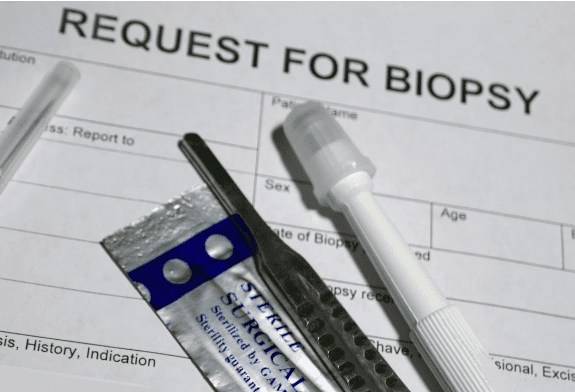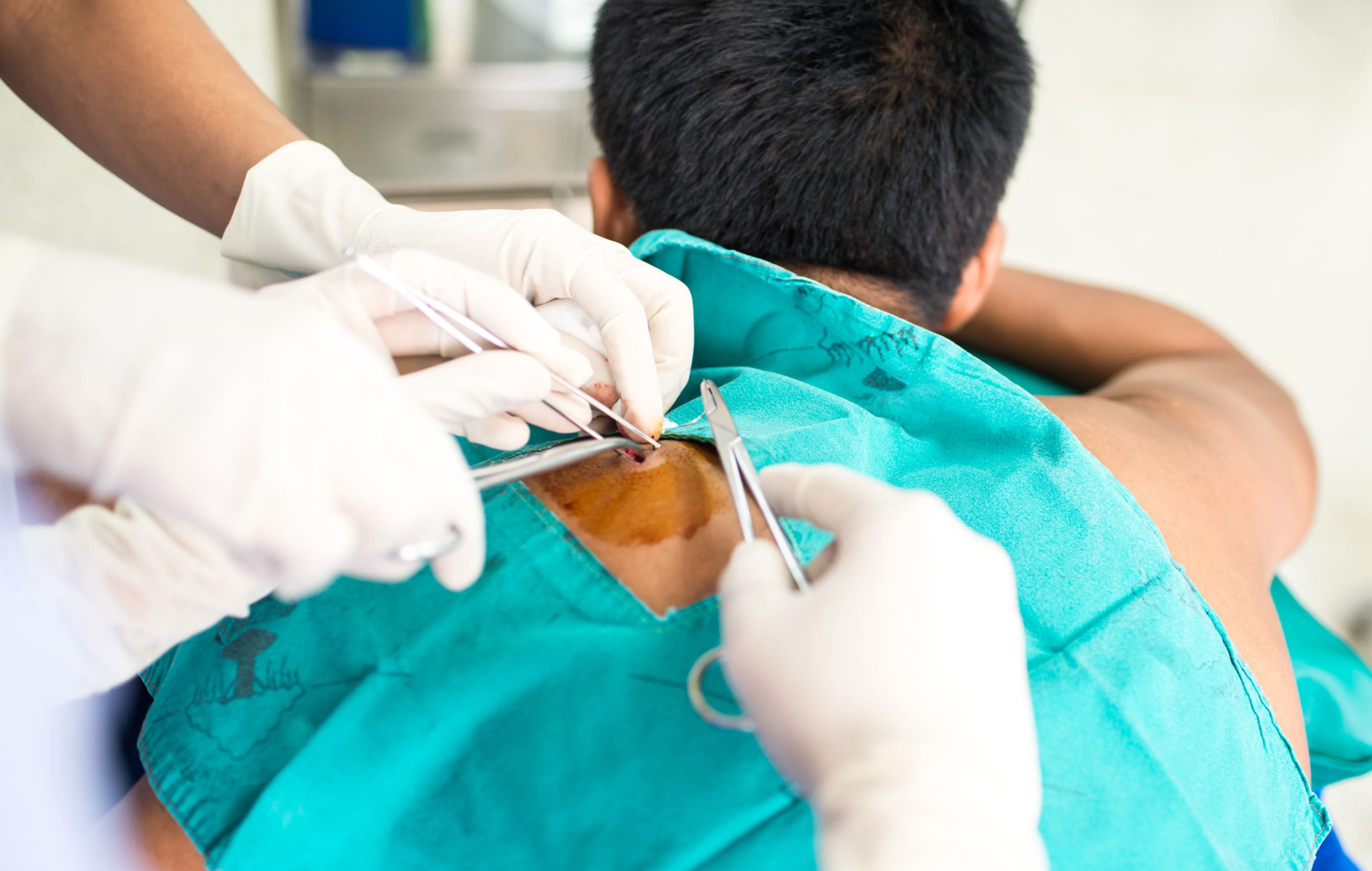
There are three major types of skin cancer – melanoma, basal cell carcinoma (BCC), and squamous cell carcinoma (SCC). Melanoma is the most aggressive form of skin cancer and is and potentially deadly. It has the potential to spread through the lymph nodes or the bloodstream to become metastatic. Metastatic melanoma can spread to the bone, lungs, brain, etc. Thankfully, basal cell and squamous cell carcinoma are far more common. They only spread locally and rarely spread beyond the skin.
Melanoma typically starts as what looks like a mole gone bad. It looks like a mole, except it is bigger, a different color (lighter or darker), more asymmetrical, or more irregular in shape.
You can reduce your risk of melanoma and other types of skin cancer if you regularly check your body for new skin growths or changes in existing moles. If you have any concerns or doubts, see a board-certified dermatologist immediately. Schedule an appointment with Steele Dermatology online or give us a call at (770) 464-6000.
Medical Dermatology
What causes melanoma?
- Many melanomas are caused by ultraviolet (UV) radiation damage, either from the sun or from tanning beds. UV radiation may cause damage to BRAF or CDKN2A genes. The more UV exposure that you’ve had, the greater your risk.
- Other risk factors include atypical (otherwise known as dysplastic) moles. Having many atypical/dysplastic moles is somewhat genetic, although UV radiation is also a risk factor for them. Dysplastic moles are generally oddly shaped, larger than typical moles, and even different colors, like melanoma. Microscopically though, they are not melanoma. If you have many atypical/dysplastic moles, they should be regularly monitored by a board-certified dermatologist. You are at higher risk for getting melanoma in an existing atypical/dysplastic mole or in a newly occurring lesion.
- Lastly, there are some inherited genetic mutations: CDKN2A and MC1R. If you have multiple family members with melanoma, family members with multiple melanomas or family members who have gotten melanoma at a young age, then it is worth exploring the possibility of these mutations.
Where do you get melanoma?
Since some melanomas are caused by UV radiation from the sun, sun-exposed areas are at greater risk. This includes the face, neck, chest, back, arms and legs.
Because there are other risk factors (such as spontaneous genetic mutations and familial genetic mutations), melanomas can occur ANYWHERE on the skin, including areas that rarely or even never see the sun.
That’s why it’s so important to see a board-certified dermatologist for skin cancer screenings at least once a year. Also, keep your other physicians, hairstylists, etc. in the loop and ask them to help you monitor your skin. Hairstylists see your scalp often and can let you know if there’s something new that you can’t see. It’s the same with chiropractors, massage therapists, pedicurists, and spouses/partners. Ask everyone to help monitor things for you, especially in areas that you can’t see.
How do we treat melanoma?
First things first, the lesion should be surgically removed (excision). If the melanoma has grown deep in the skin or has aggressive characteristics then we will check a sentinel lymph node to see if it has spread. You may also need some imaging like a CT or PET scan to look for spread. Thin melanomas (those that are in the superficial layers of the skin) don’t typically require this additional testing. These include melanoma in situ and lentigo maligna. If the melanoma has spread to other areas of the body, there are now many treatment options, especially if specific mutations are present that therapy can target. Other treatments include radiation.

Biopsy
A sample of skin needs to be removed to make certain diagnoses, especially skin cancer. The area is first numbed, then a significant sample of the lesion or rash will be removed and sent to the lab for pathologists to diagnose.

Excision
As opposed to a biopsy, an excision is a procedure to remove an entire lesion (rather than sample it), usually skin cancer. Typically an excision comes after a biopsy has confirmed a diagnosis. You will have stitches following an excision and have certain restrictions on activity after the procedure.
Schedule an Appointment
Prevention and early identifiation of melanoma is critical. If you notice any new, changing or suspicious moles, schedule an appointment with Steele Dermatology or give us a call at (770) 464-6000 to have them evaluated.



